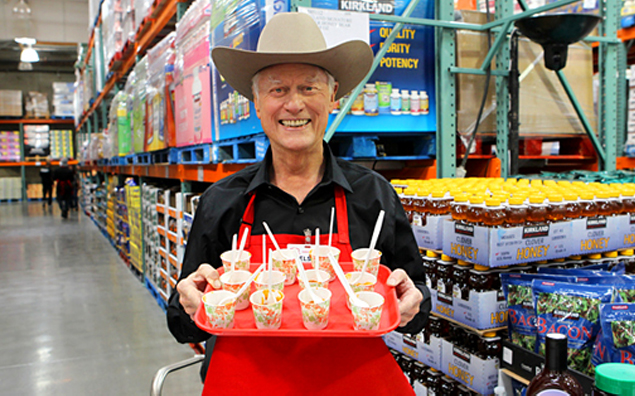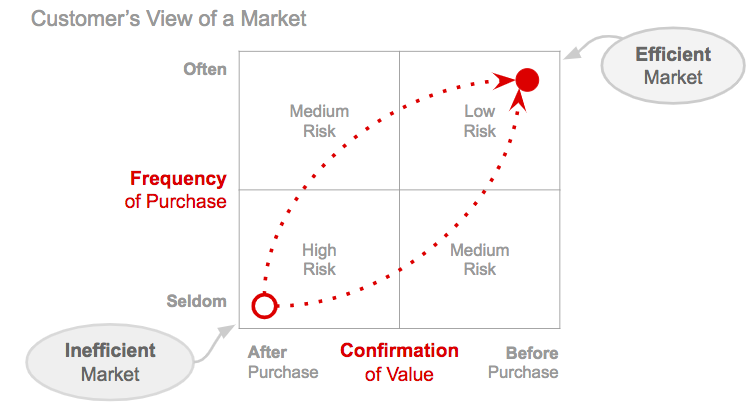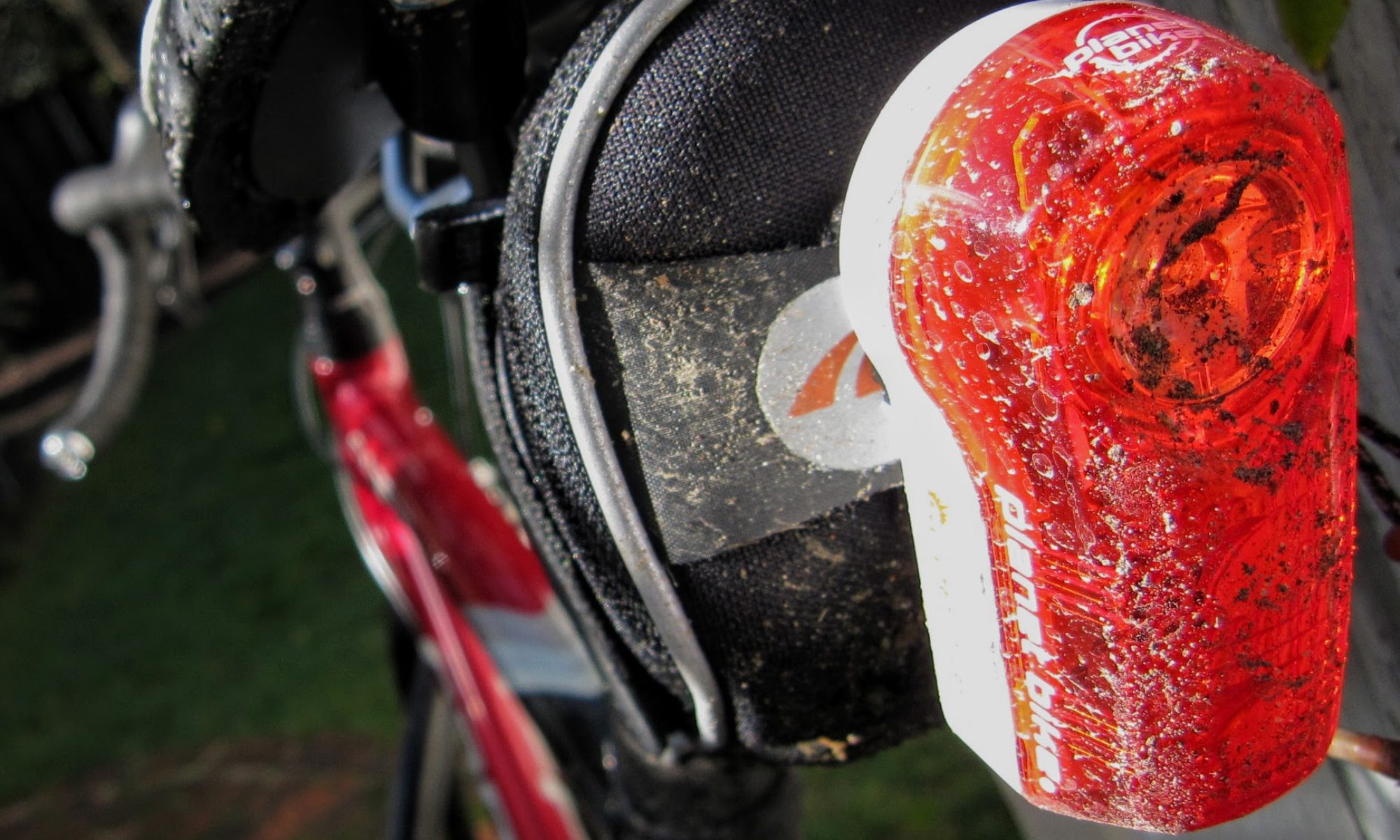A finance professor once suggested that the best way to make a lot of money, is to make an inefficient market more efficient. In simplified terms, an efficient market provides buyers with the information necessary to purchase with confidence. One way to repack the professor’s idea is to say that the best way to grow a market, is to reduce the risk of purchase for buyers.
Reducing purchase risk is second nature to marketers of consumer packaged goods (CPG). CPG vendors often grow markets by distributing free samples, and providing options to buy in small or large quantities. They earn their customer’s continued business early and often.

Marketers of software-as-a-service (SaaS) also strive to reduce purchase risk. They grow user adoption with free plans and free trials. They offer monthly subscriptions as an alternative to annual contracts. In essence, they also earn their customer’s continued business early and often.
Despite operating under very different conditions, CPG and SaaS companies thus pursue similar marketing strategies. They help customers confirm value before purchase, and enable customers to start with small commitments. In so doing, they make otherwise inefficient markets more efficient.

After 2010, I’ve sensed that companies, especially those with digital technology driven strategies, have increasingly sought marketing leaders with competencies found at the intersection of CPG and SaaS. The ideal CMO is expected to be:
- Competitive strategist
- Engaging story teller
- ROI-focused hypothesis builder
- Data-driven experimenter
- Architect of customer journeys
- Producer of customer experiences
The marketer described above blends the brand management rigor of CPG with the customer journey building savvy of SaaS. The challenge of attaining this ideal may explain much of the turmoil in marketing over the last decade.
